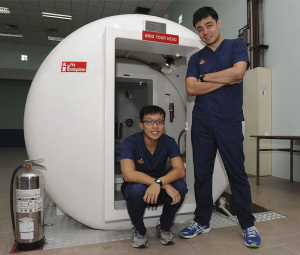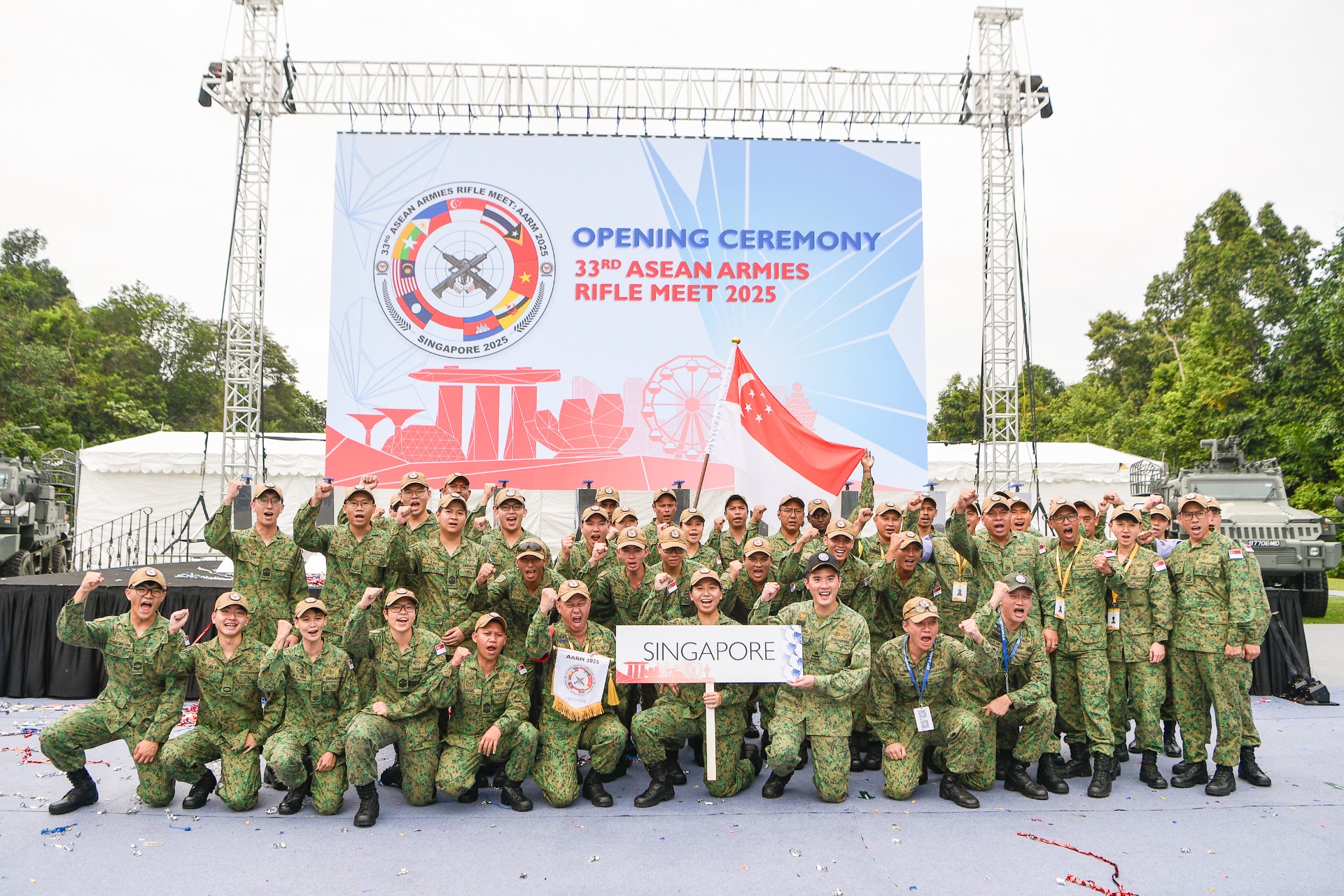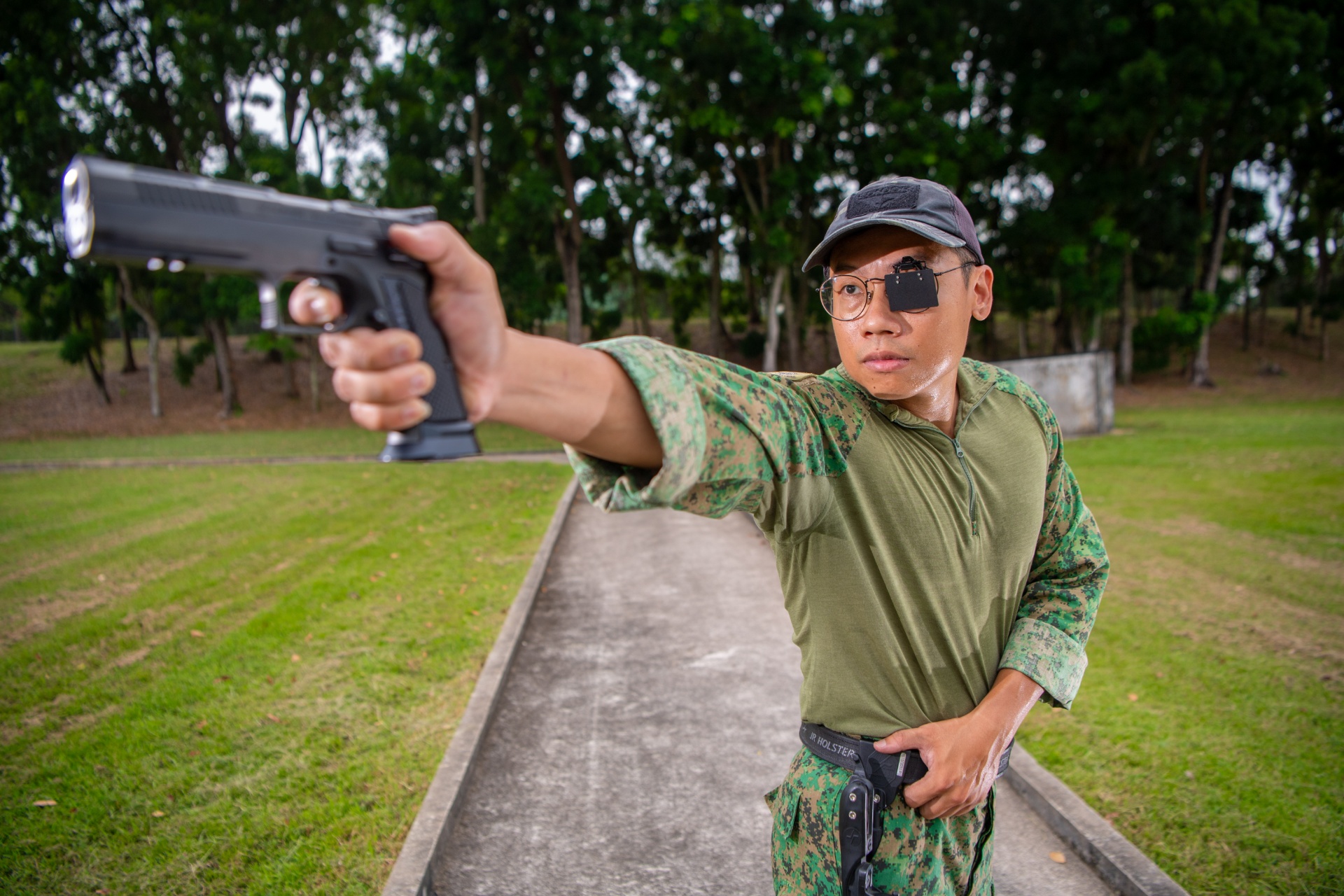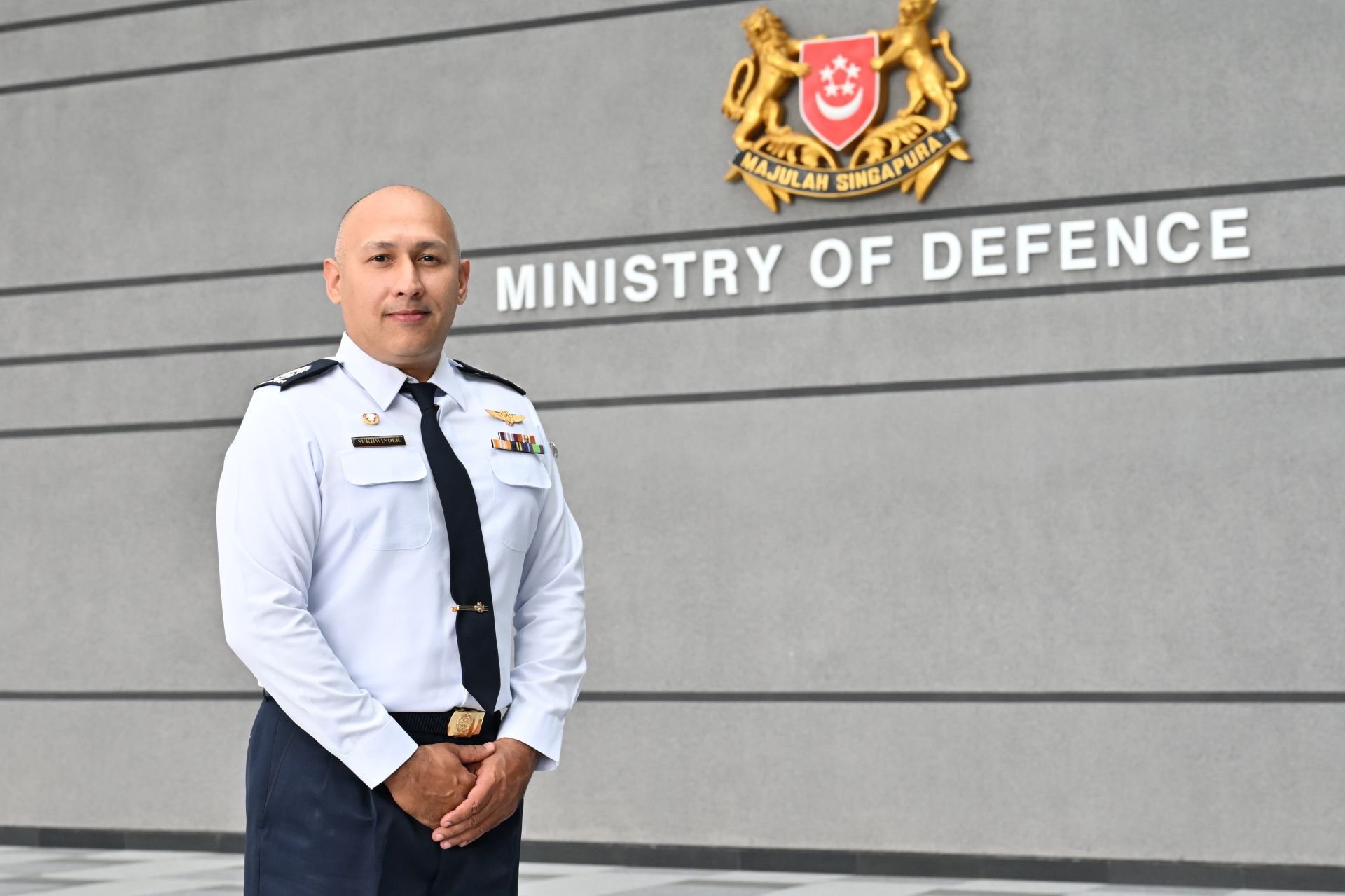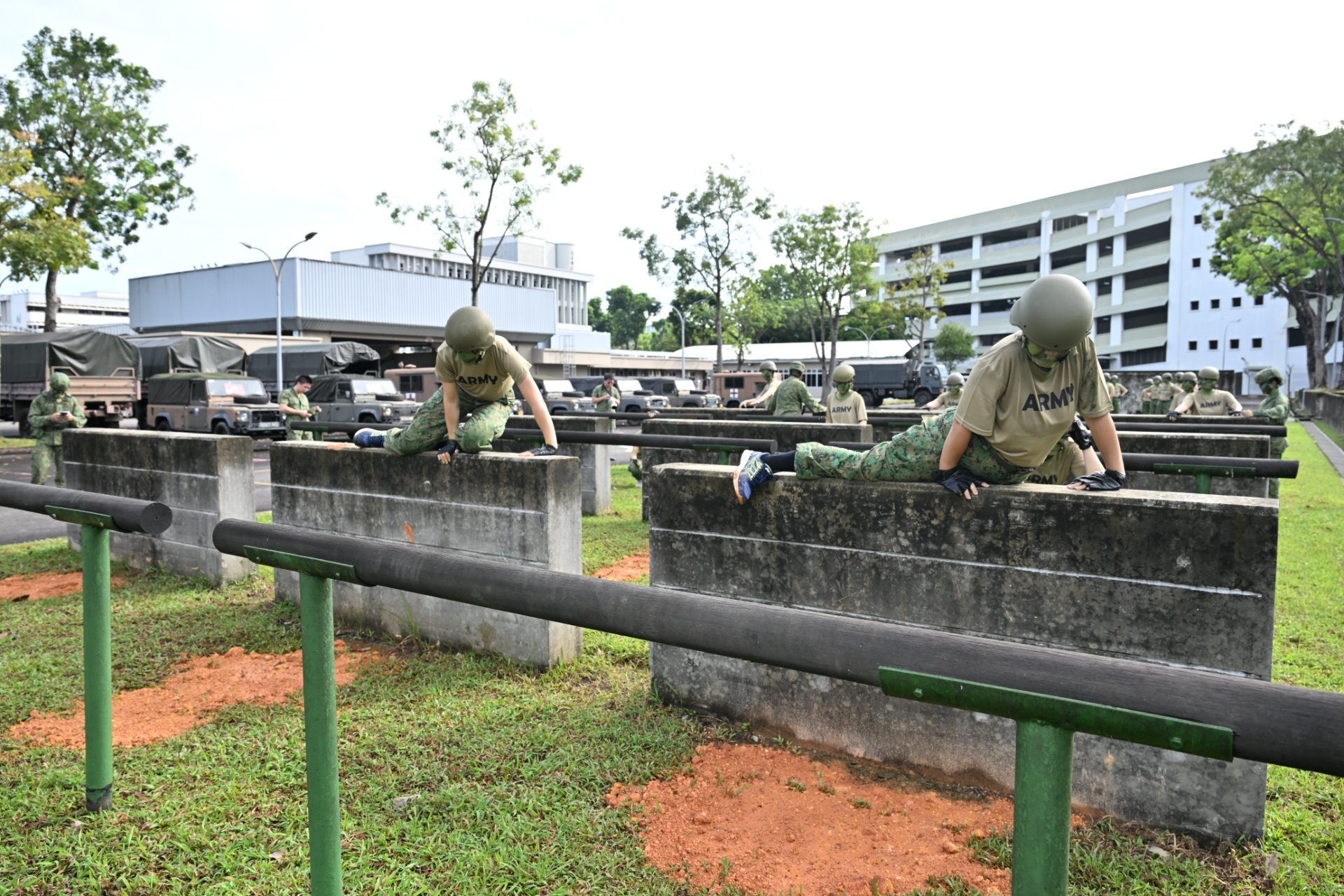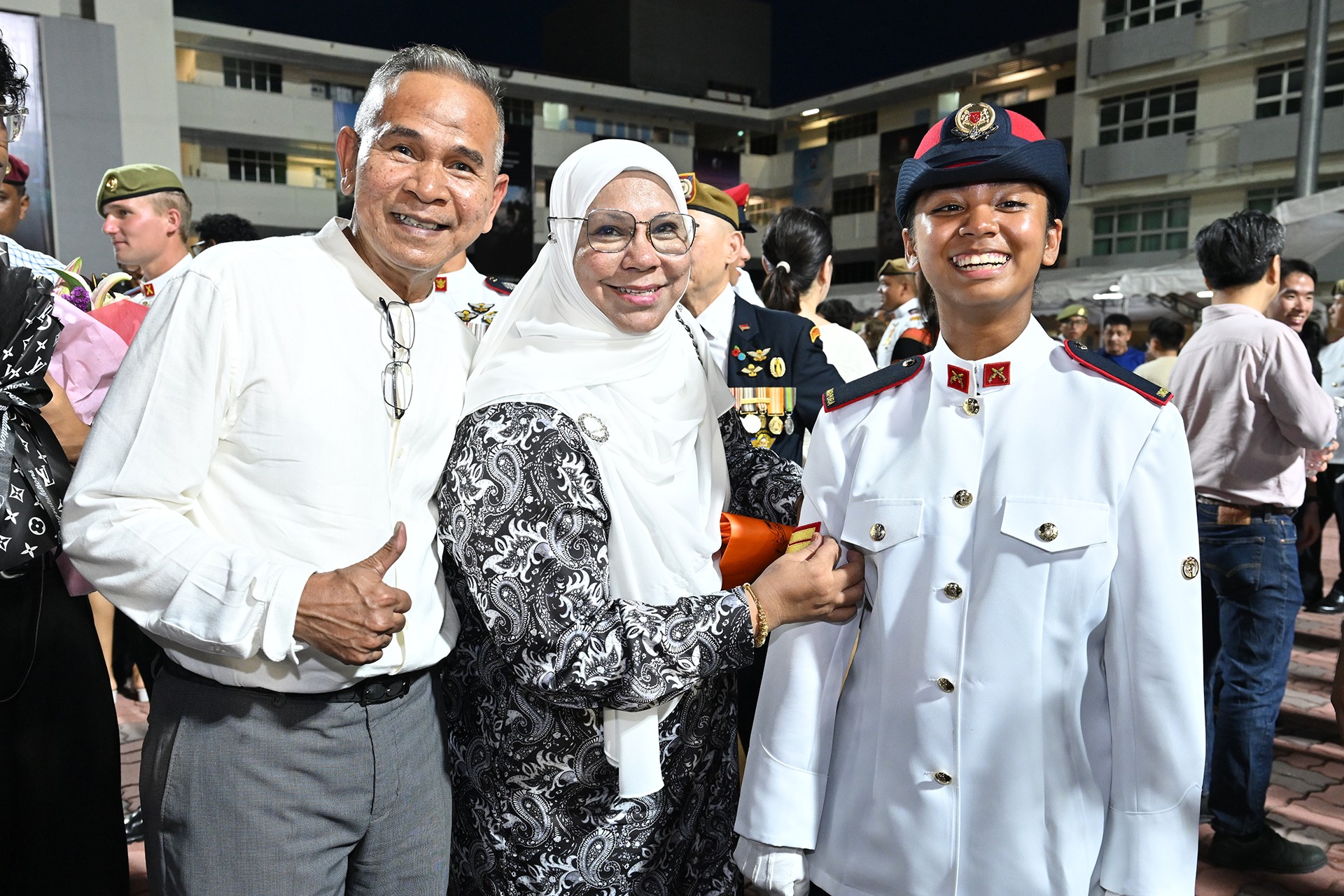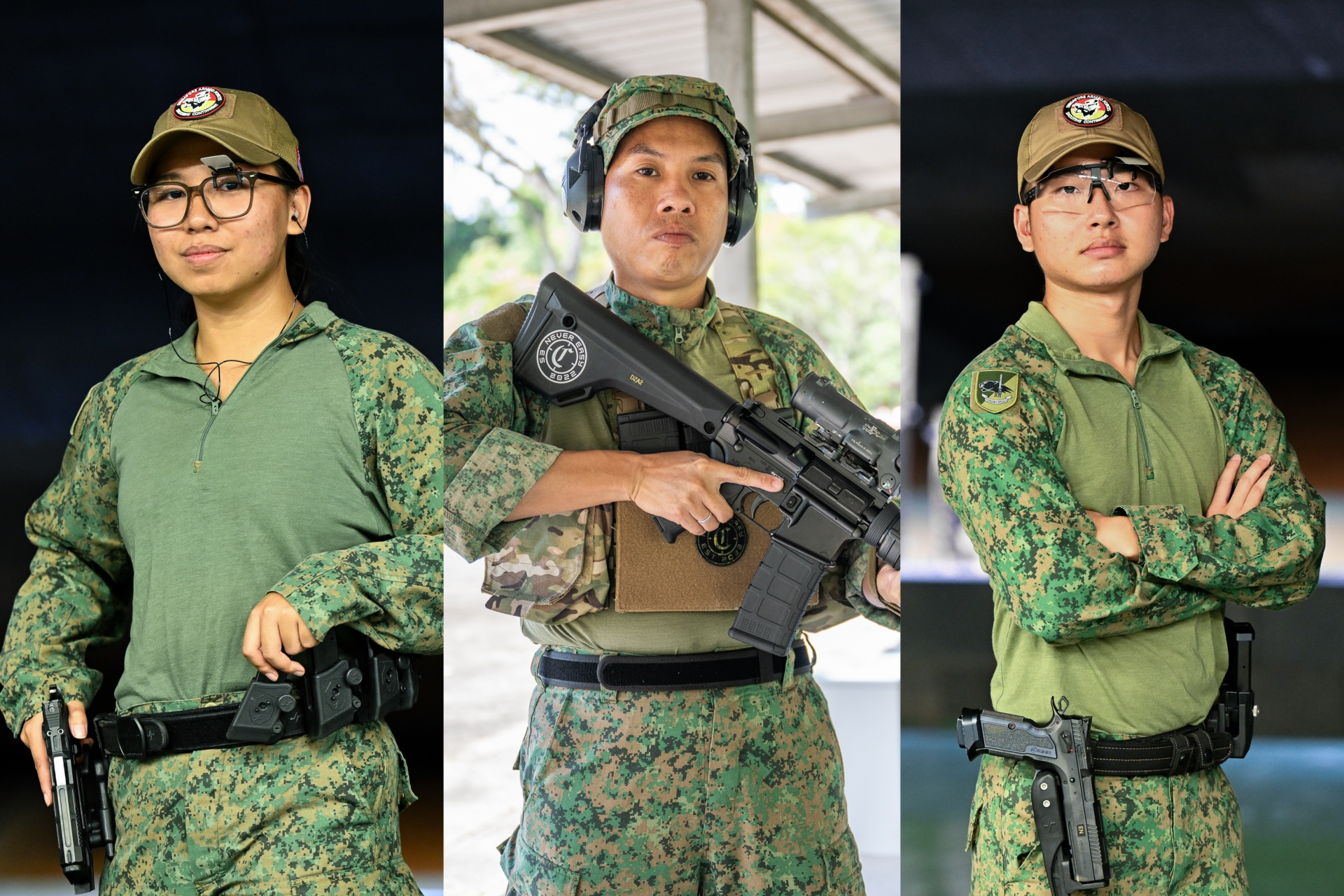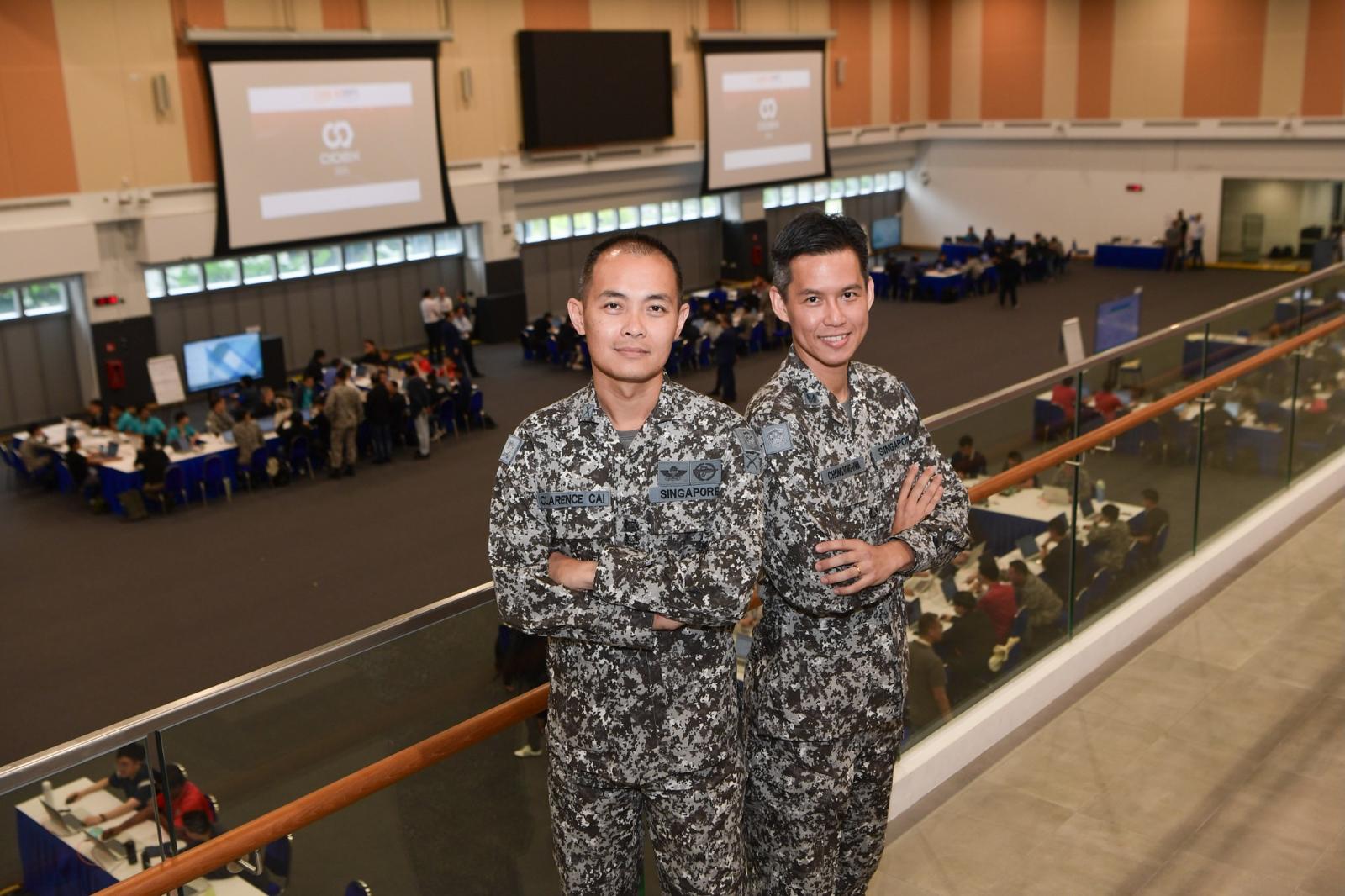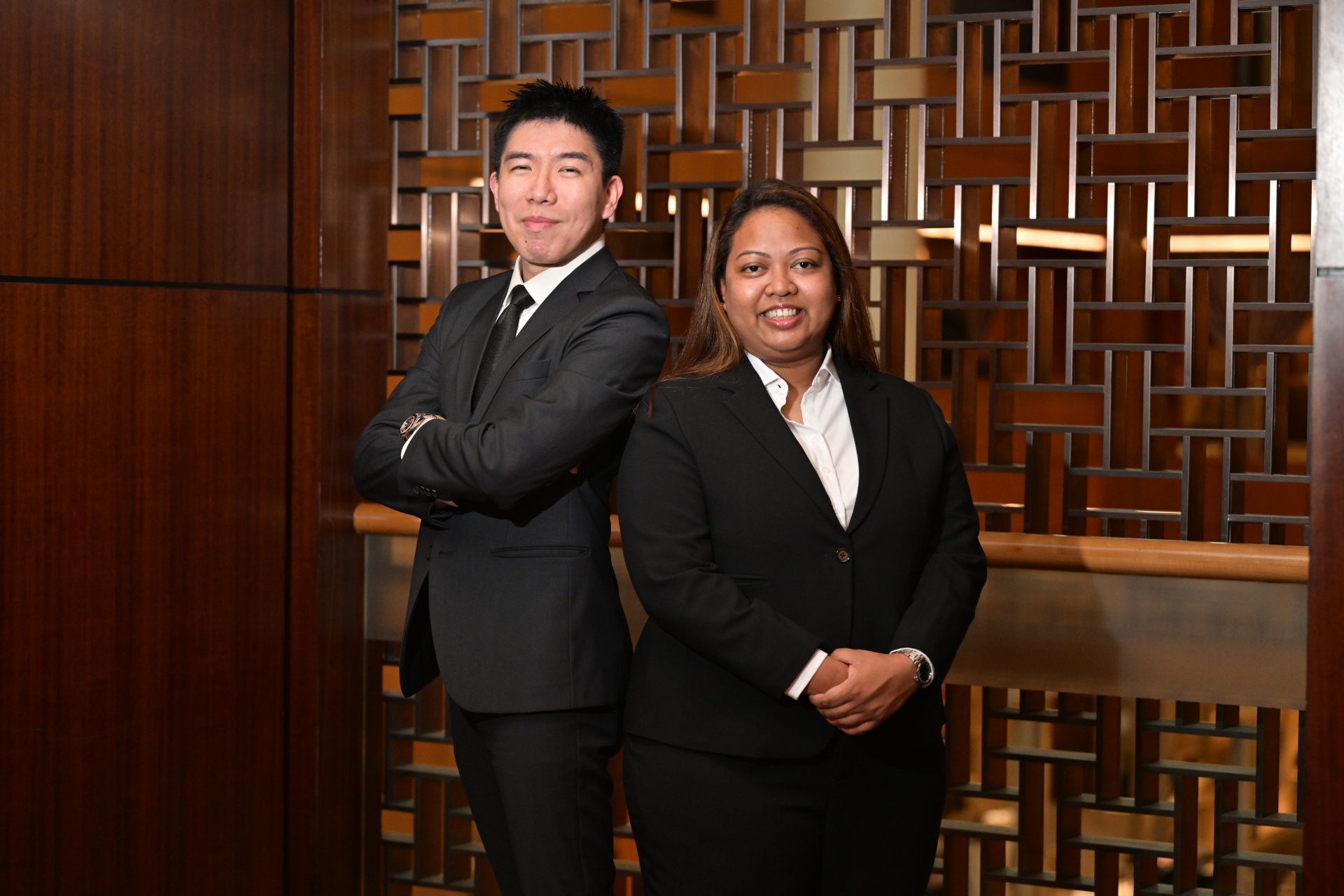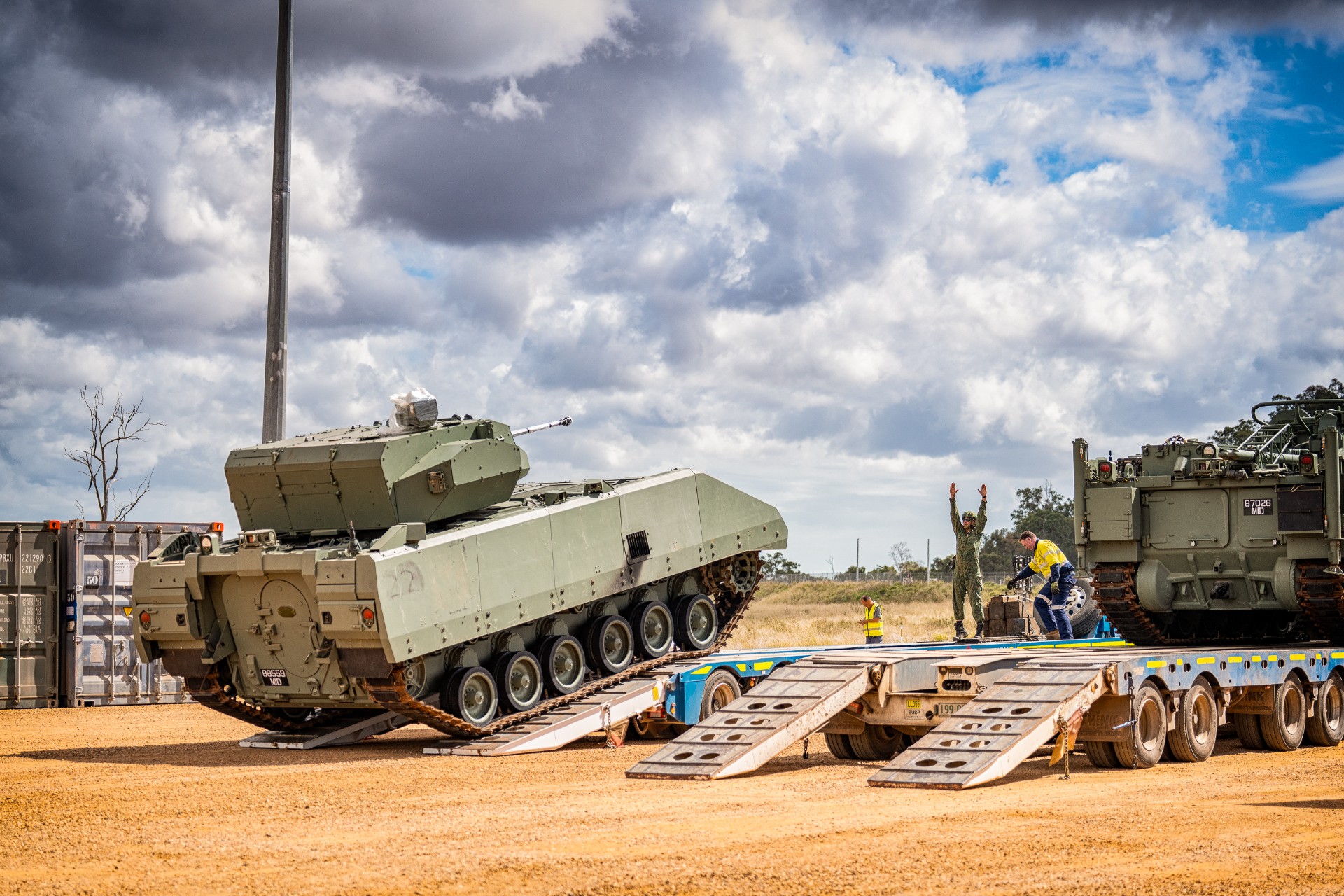DIVE INTO THE WORLD OF UNDERWATER MEDICS
STORY // Rachael Lim
PHOTO // Simon Koh & Chua Soon Lye
On land, troops count on regular combat medics when they are injured or unwell. For the Republic of Singapore Navy's (RSN's) divers and submariners - whose work takes them underwater - their help comes from underwater combat medics.
One of the most memorable 15 minutes of Corporal (CPL) (NS) Yong Chang Wei's life was spent in a hyperbaric chamber of the RSN that simulates varying depths below sea level to test if his ears and body were able to, literally, withstand the pressure.
The experience was a slightly claustrophobic one as the 21-year-old had to be in the 87-square-foot chamber with nine of his peers. Known as a bounce dive, this was part of a series of stringent medical tests that CPL (NS) Yong had to go through as an underwater combat medic trainee.
He passed all the tests eventually and became an underwater medic at the Navy Underwater Medical Centre's (NUMC's) Hyperbaric Medicine Section (HMS).
In his time there, CPL (NS) Yong has treated a diver for decompression illness; provided basic health-care treatment to Indonesians as part of a Singapore Armed Forces (SAF) Humanitarian Assistance and Disaster Relief exercise; earned his Basic Diving badge and sailed on board MV Swift Rescue (the RSN's submarine support vessel) to showcase its capability at an event hosted by the Royal Malaysian Navy at Kota Kinabalu.
"It was special," CPL (NS) Yong said of his National Service experience. "(Because) it's something that only a few NSFs (Full-time National Servicemen) get to experience."
Training to be an underwater medic
Before graduating as full-fledged underwater combat medics, NSF medics like CPL (NS) Yong have to pass a gruelling three-week Underwater Combat Medic Course. This comes right after their 12-week Emergency Medical Technical Course, where all NSF medics are taught skills such as basic life-saving techniques, at the SAF Medical Training Institute.
After they are screened and certified medically able to be an underwater combat medic - a process which Captain (CPT) (Dr) David Pflug, who heads HMS, said was almost as stringent as the medical selection test for the RSN's naval divers - the trainees then embark on the Underwater Combat Medic course.
Comprising theory and practical lessons, the course covers subjects like the Physics and Physiology of Diving, remedies for diving emergencies and what to do when treating patients in the hyperbaric chambers.
Trainees are also taught to be proficient medics on board ships, said Ms Loo Mui Lian, who heads the Medical Training Section in Medical Doctrine & Training Branch, Navy Medical Service, and is in charge of developing and reviewing the underwater medic training curriculum.
Nationwide contribution
Underwater combat medics posted to NUMC also clock time at the Singapore General Hospital's (SGH's) Hyperbaric & Medicine Diving Centre at least once a month. They are part of a Decompression Illness (DCI) team who are on standby after office hours - from 6pm to 8am - to treat patients with symptoms of decompression illness at the hospital. The team also includes a registrar, who is a senior Medical Officer (MO), an NSF MO and a Military Medical Expert (MME).
Lieutenant Colonel (Dr) Raymond Siew, who heads NUMC, describes this collaboration as a win-win partnership. "Because the majority of diving-injury cases are civilian compared to the military, (the SGH stint) helps us to maintain a high level of operational readiness."
Holidays are the busiest periods, said CPT (Dr) Pflug. "We see a lot of recreational divers who dive in Batam, Phuket, and areas around Malaysia. When they come to Singapore and start having symptoms of decompression illness, we are called up to see them." For example, over the three-day Chinese New Year holidays this year, the naval medical team was activated twice.
For Military Expert (ME) 2 Bernard Chew who is on standby duty at SGH for up to five times a month, the hospital stint provides opportunities to practise and hone his skills. Back at Sembawang Camp, he and his colleagues facilitate up to 20 bounce dives in a busy week.
When the schedule is less tight, he uses the time to practise drills with the six junior underwater medics under his charge. "I go through the core skills and the principles of doing the treatment with them. If you just try to memorise the steps, it may result in harm to the patient instead."
"If we have a patient that needs to be treated, we want to be comfortable and familiar with the working styles of each member of the DCI team. This helps to smoothen the treatment process and allows us to focus on the patient," said the 34-year-old who has been in the SAF for close to 13 years.
The Underwater Combat Medic Course
What is taught?
Theory and practical lessons that cover topics such as the types of diving emergencies and their remedies, and hyperbaric chamber emergencies and drills.
How do they apply their knowledge?
Upon completion of the course, the newly-minted underwater combat medics are streamed to different navy units such as medical centres at naval bases and the different sections in the Naval Underwater Medical Centre.
They support the Medical Officers and Medical Military Experts to administer advanced medical aid.
Trainees spend an afternoon within the hyperbaric chambers learning how to perform life-saving procedures such as resuscitation on patients as well as how to respond to simulated chamber emergency drills such as blackouts or fire.
Already challenging at atmospheric pressure, these important and critical tasks are more difficult to achieve at pressure levels of 10 to 20 metres below sea level due to the hyperbaric environment which places increased stresses on the human body.
Underwater medics, who function as chamber attendants, learn how to call for help, activate sprinklers during a fire, communicate with the chamber operators (who are at the control panels outside) and make critical decisions calmly in emergency situations. Underwater medics posted to the Hyperbaric Medicine Section practise this drill monthly to deepen familiarity with the processes.
To prepare them to serve as medics on board ships, trainees also learn how to administer first aid in small spaces. At Changi Naval Base's Damage Control Trainer which models the layout and environment of the ship, trainees practise evacuating casualties from small compartments and narrow stairwells.
Another important test that trainees must pass is the Category One Swim Test, which is part of survival training. In their No. 4 combat uniforms, they have to swim 50m, tread water for five minutes and make a float with their pants.
The test caps off with a 3m-high confidence jump from a springboard into the deep end of the pool, which is designed to assess and ensure an individual's in-water confidence and competency.
"As naval personnel, we must always be vigilant and prepared for the worst at sea. Only then can we increase our chances of survival," explained 3rd Sergeant (3SG) Aaron Lim, the trainee's swimming instructor.
Private (PTE) Philemon Leong was one of those who went through and passed the swim test. Describing his experience of treading water, he said: "You must control your mind because if you don t, you'll panic. The trick is to balance the urge between staying on the surface (as you ll get tired easily) and resting with the dead man's float (as you have to be face down in the water and hold your breath)."
An IDC's life
As an Independent Corpsman (IDC), Military Expert (ME) 2 Jimmy Woo has been called "I don't care" or "I do coffee" in jest (the first letter of each word forming the acronym for his appointment) by his submariner colleagues.
But his job on board RSS Chieftain, one of the Navy's Challenger-class submarines, is no light-hearted matter.
A Medical Military Expert (MME) who has attended the highly-demanding and rigorous one-year Submarine IDC training course conducted by the United States (US) Navy, ME2 Woo assumes the role of doctor on board RSN submarines, looking after the health of his fellow submariners, providing critical underwater medical support for 171 Squadron operations and responding to any medical emergencies on board.
Like all the RSN's IDCs, ME2 Woo was trained to diagnose ailments, prescribe drugs and perform minor surgeries at the US Naval Underwater Medical Institute in Groton, Connecticut. The 27-year-old recounted an incident on board the submarine where he had to put his skills to the test. A colleague had developed an allergic reaction and his eyes were swollen.
"I know what an allergic reaction can lead to if it worsens. For example, the closing of the windpipe can hit you in an instance. It was quite stressful at that time," said ME2 Woo, who most often treats symptoms like fever, sore throats and coughs. The submariner's condition improved after ME2 Woo administered the appropriate treatment.
As diseases spread more quickly in a confined environment, ME2 Woo helps to ensure that hygiene standards are high, and is in charge of the submariners' general health. From changing their socks regularly to sleeping on clean bed sheets, every hygiene and health issue on the boat is his responsibility.
Before each deployment, he makes sure that the medical equipment is in place and drugs are replenished. "As an IDC, you are both the physician and the storeman," he said with a smile.
